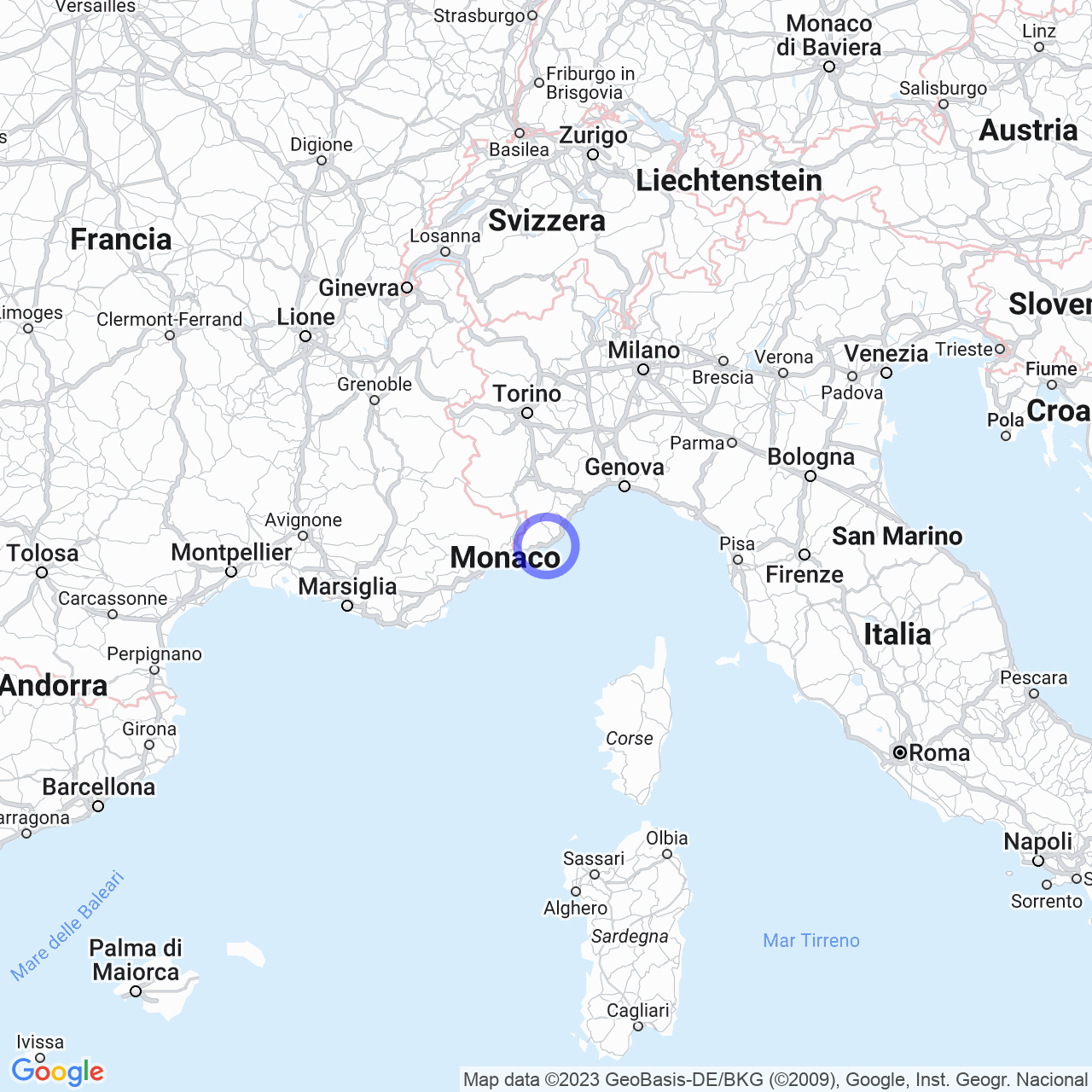Lingueglietta
Welcome to Lingueglietta: a medieval village in the Ligurian mountains
Hello everyone! Today I will take you to discover one of the most characteristic villages of the entire western Ligurian Riviera: Lingueglietta. This enchanting hamlet of the Municipality of Cipressa in the province of Imperia has been reviewed as one of the most beautiful villages in Italy, and it's not hard to understand why.
Its medieval layout is practically still intact, and you will feel like taking a step back in time when the lands were governed by Feudalism and the cities developed as rural communities. But let history tell you better.
A bit of history
Lingueglietta, which was once called "Vinguilia", owes its current name to the Lengueglia family, the dynasty that ruled the area during the Middle Ages. In 1049, Anselmo Quaranta, the founder of the family, received the lands where modern-day Lingueglietta is located from the Marchesato di Clavesana, and the family attributed their name to the village, which they owned until the time of Napoleon Bonaparte.
Over the centuries, Lingueglietta was the hub of the human and political events that involved the valley, managing to maintain a precarious independence from the invading Republic of Genoa. In 1284, for example, it participated in the Battle of Meloria, contributing with 60 sailors and 4 boatmen to the Genoese fleet.
After the fall of Napoleon, Lingueglietta came under the Kingdom of Sardinia and, in 1860, entered the new province of Imperia as an independent municipality. In 1928, Fascism reorganized local authorities, and Lingueglietta became a municipal hamlet of Cipressa.

Architecture
But let's talk about architecture: today Lingueglietta is presented with the characteristic recently renovated and paved Genoese Caruggi. These narrow alleys are oriented longitudinally and connected to each other by ramps and covered passages, vaults, and arches of a clear medieval imprint.
The houses, located on the edge of the valley, are close together to form a natural defensive curtain that replaced the city walls. The focal point of civil life was the municipal loggia, which under the archivolt preserves intact the ancient stone measurement units for oil, wine, and wheat and the linear one of the "canna."
The ancient village developed around the castle and the medieval church. Of the feudal age, the urban aggregate made of narrow and winding alleys that descend towards the countryside remains, while of the ancient castle of the lords of Lengueglia, only the ruins of the 13th century remain, observable from the square in front of the parish church.
Flora and tourism
After the Second World War, as in all of western Liguria, floriculture, especially of Dianthus, developed in Lingueglietta, and the village became a favorite destination for many tourists, especially from northern Europe (Germans, Dutch, French) who settled there by restoring many of the houses in the historic center.
And it's not hard to understand why. Lingueglietta is a magical place to get lost in the medieval alleys, admire the views of the valley, and taste the Ligurian cuisine specialties, such as focaccia, pesto, and the famous extra virgin olive oil from Taggiasca.
In short, if you love nature, history, and good food, Lingueglietta is the ideal destination for you. Come and discover this hidden treasure of Liguria!
